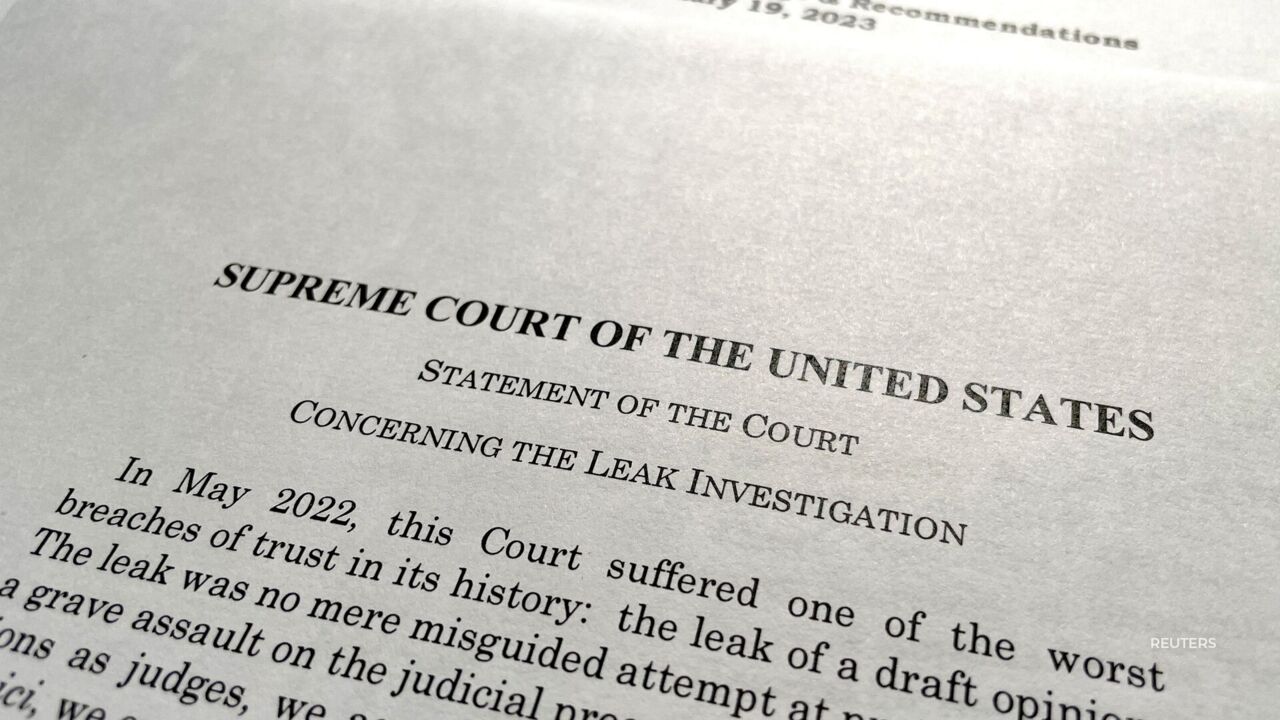The Supreme Court released a report Thursday indicating that it has not yet identified the leaker behind the early release of the opinion that overturned Roe v. Wade. The court’s investigative team has been investigating the leak of the Dobbs v. Jackson Women’s Health Organization ruling since it happened last May.
“The team has to date been unable to identify a person responsible by a preponderance of the evidence,” the court said in Thursday’s report. “The Marshal reports that ‘investigators continue to review and process some electronic data that has been collected and a few other inquiries remain pending.’”
According to the report, investigators “conducted 126 formal interviews of 97 employees, all of whom denied disclosing the opinion” in sworn statements. However, some employees had to amend their written statements after they “admitted to telling their spouses about the draft opinion or vote count.”
Investigators looked closely at connections between Supreme Court employees and reporters, but found nothing to substantiate rampant speculation on social media about the identity of the Roe leaker. The court said it could not rule out that the opinion was inadvertently disclosed “by being left in a public space either inside or outside the building.”
“Assuming, however, that the opinion was intentionally provided to Politico by a court employee, that individual was evidently able to act without being detected by any of the court’s IT systems,” the report said. “While investigators and the court’s IT experts cannot absolutely rule out a hack, the evidence to date reveals no suggestion of improper outside access.”
The report concluded with “recommendations for restricting and managing access to court-sensitive materials, improving training, and improving IT capabilities” in order to prevent another leak from happening in the future. Among the report’s critiques:
- Too many personnel have access to certain court-sensitive documents.
- There is no universal written policy or guidance on the mechanics of handling and safeguarding draft opinions and court-sensitive documents.
- The court’s current method of destroying court-sensitive documents has vulnerabilities that should be addressed.
- The court’s information security policies are outdated and need to be clarified and updated.
- There are inadequate safeguards in place to track the printing and copying of sensitive documents.
The Associated Press contributed to this report.
